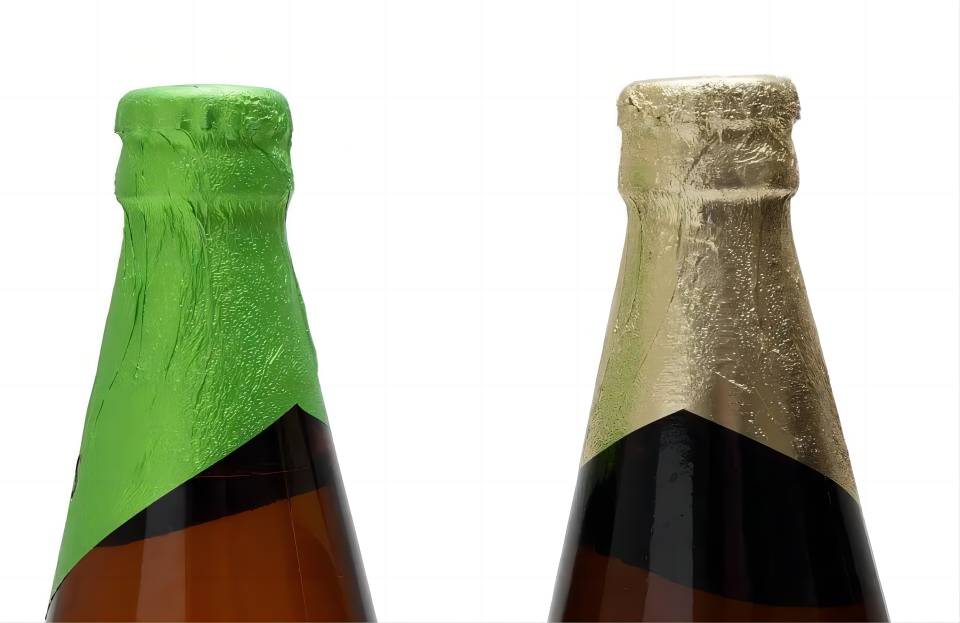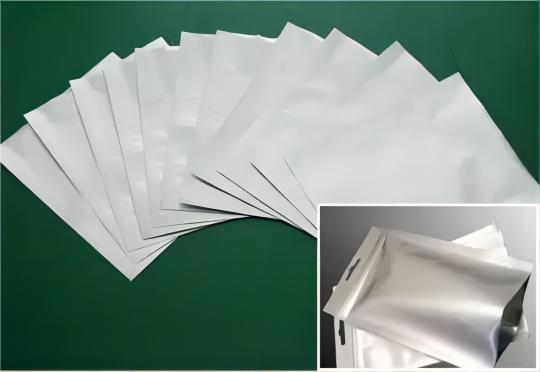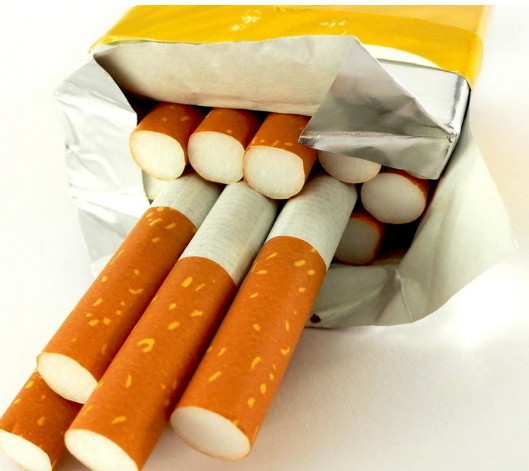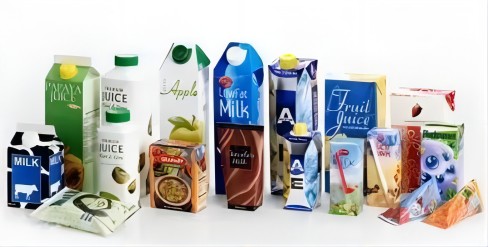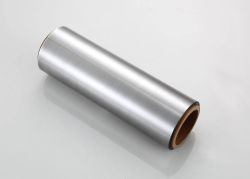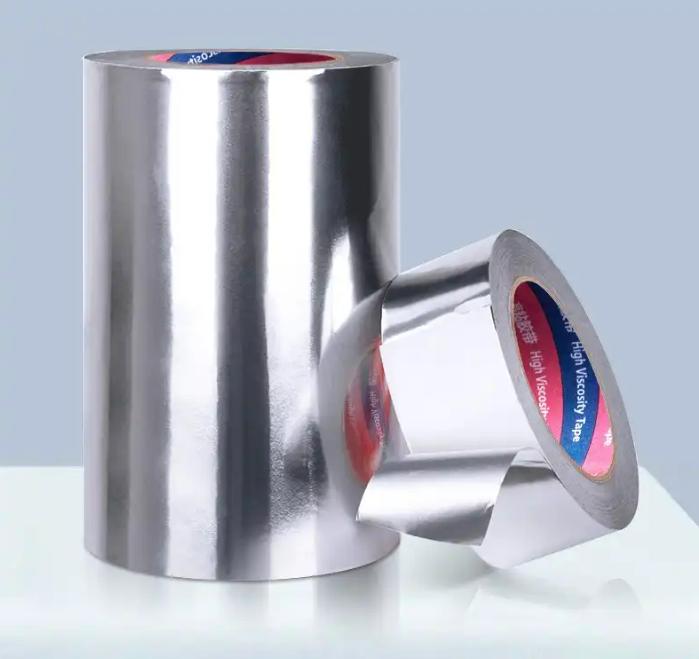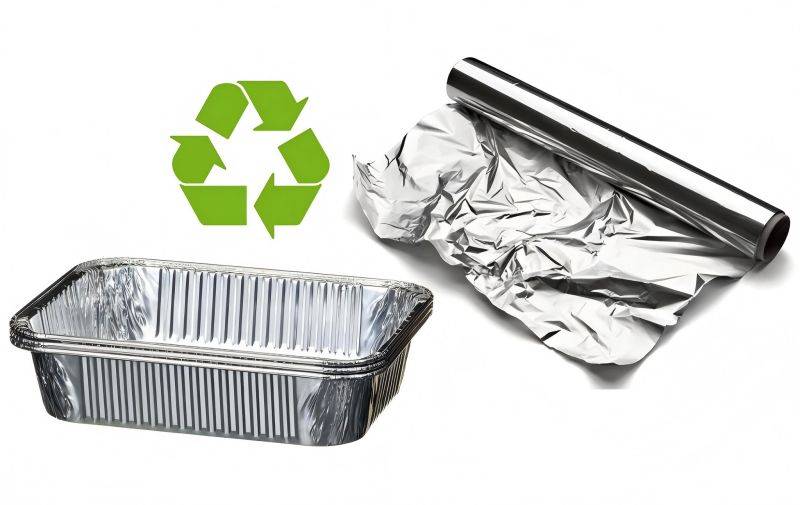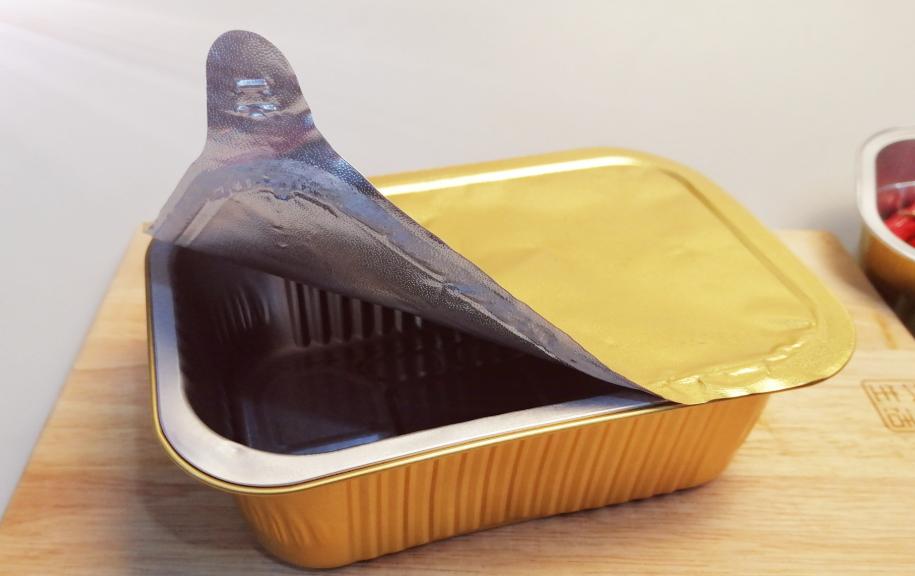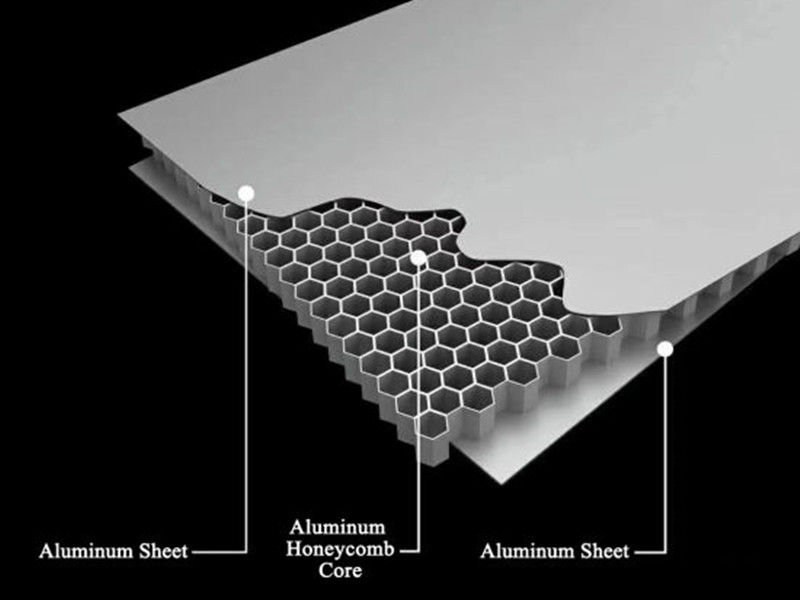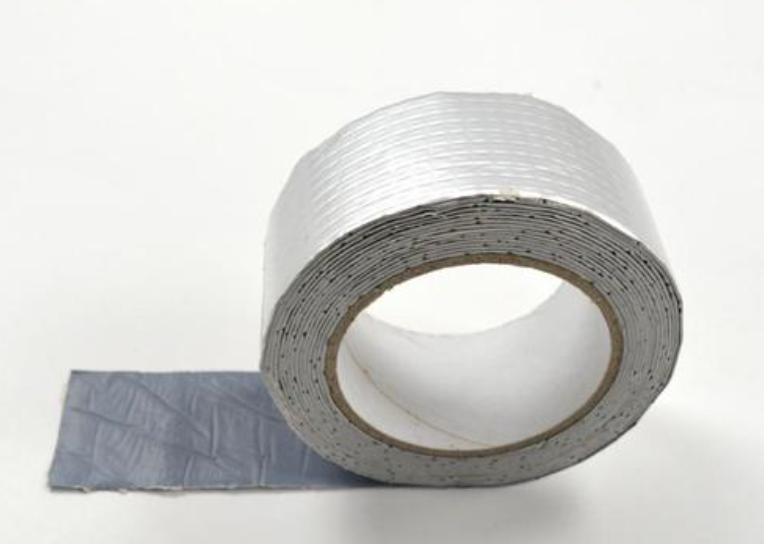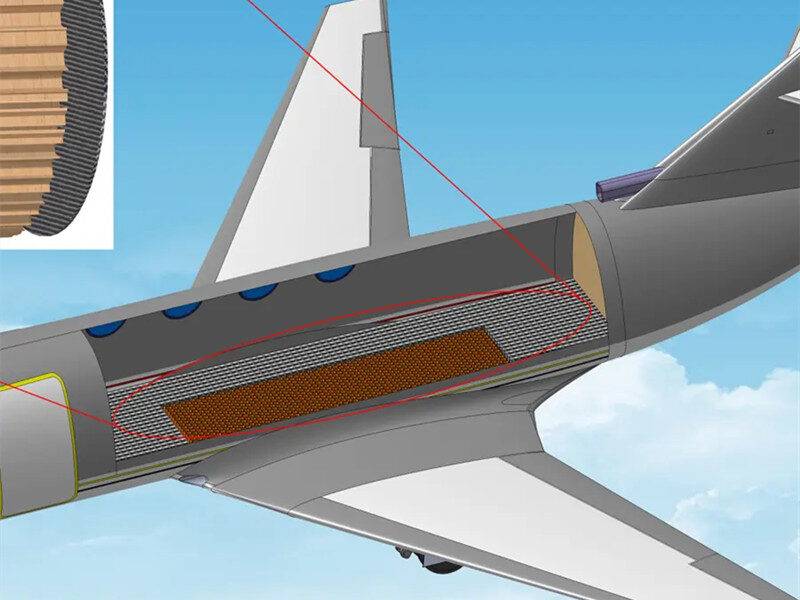Aluminum foil, a thin and flexible metal material, has become an integral part of our daily lives. From food packaging to construction applications, and from electronic products to transportation, aluminum foil is present in a vast array of products. However, as the use of aluminum foil continues to rise, so do concerns regarding its recycling and reuse. This article will explore the various applications of aluminum foil, analyze the current state of aluminum foil recycling, and propose a range of strategies to enhance its recycling rate and utilization.

Multiple Applications of Aluminum Foil
The unique physical properties of aluminum foil, such as light weight, ductility, moisture resistance and oxidation resistance, make it ideal for a variety of applications.
- Food packaging: In the food industry, aluminum foil plays a vital role in maintaining food freshness. It blocks moisture and oxygen, preventing spoilage and extending shelf life. Common examples include aluminum foil used to wrap sandwiches, cover leftovers, or line baking pans.
- Industrial manufacturing: The thermal conductivity of aluminum foil makes it valuable in industrial environments. It is used in the manufacture of radiators in electronic devices to dissipate heat and prevent overheating. In addition, aluminum foil is a lightweight and durable shell for batteries, and its ability to withstand high temperatures makes it suitable for use as a welding material in the automotive industry.
- Daily use: Aluminum foil has many applications in our daily lives. Household aluminum foil is a common kitchen tool used for cooking, reheating food, and storing food. It is also used in the production of personal care products such as toothpaste tubes and pharmaceutical packaging.
- Other applications: In addition to these common uses, aluminum foil also has applications in different fields. It is used to regulate current in power capacitors, and its reflective properties make it useful in building insulation and decoration.
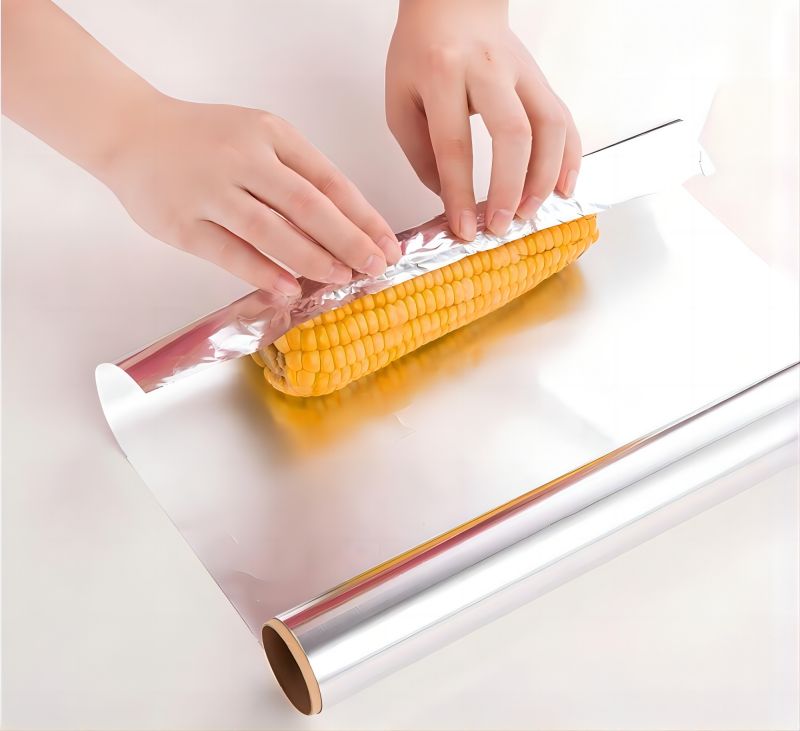
Recycling Status of Aluminum Foil
Although aluminum foil is widely used, its recovery rate is still relatively low. According to the available data, the global aluminum foil recycling rate hovers around 50% to 60%. This means that a large portion of used aluminum foil ends up in landfills, leading to waste buildup and environmental problems.
Despite technological progress in developed countries, aluminum foil recycling rates are often low. The recycling rate in the United States, for example, is about 35 percent. In contrast, some European countries with well-developed recycling infrastructure have recycling rates as high as 70%.
China is a major producer and consumer of aluminum foil, which is a unique case. While its recycling rate is around 55%, which shows there is room for improvement, it highlights the potential to increase recycling with the right infrastructure and policies. There are several factors contributing to these different recovery rates. Public awareness of the importance of aluminum foil recycling remains a challenge in some regions. In addition, the lack of ready-made and accessible recycling infrastructure seriously hinders recycling efforts. Finally, economic factors, such as collection and processing costs compared to the value of recycled aluminum, may discourage participation.
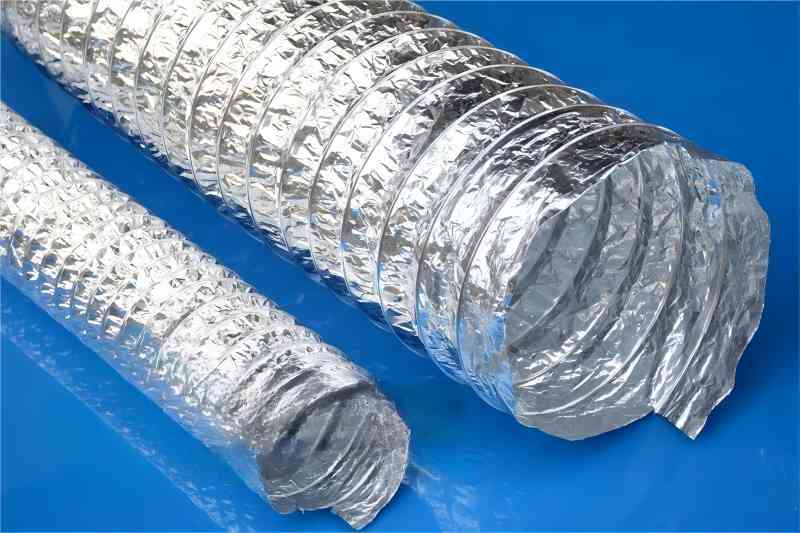
Strategies to Enhance Aluminum Foil Recycling and Utilization
In order to effectively improve the recycling rate of aluminum foil, a multi-pronged approach is needed, including government intervention, industry initiatives and public participation. Here are some specific strategies that can be implemented:
- Raising public awareness: Educating the public about the environmental benefits of aluminum foil recycling is critical. Schools and community centers can host informational talks and workshops to teach proper aluminum foil cleaning and sorting techniques. Social media campaigns can be used to spread the word about the importance of recycling and the location of nearby aluminum foil recycling facilities.
- Strengthening recycling infrastructure: Governments can play an important role in improving recycling infrastructure by investing in convenient aluminum foil recycling points in every community. This may involve dedicated bins or drop-off centres that are accessible to residents. In addition, places with heavy traffic such as shopping malls and supermarkets can be equipped with specific aluminum foil recycling bins to encourage recycling at any time. Furthermore, regular maintenance and proper management of these facilities are essential to their effective functioning.
- Implementation of economic policies: Economic incentives can stimulate participation in aluminum foil recycling. The government can provide tax breaks or subsidies for enterprises involved in the collection and processing of aluminum foil. In addition, incentive programs can be developed to recognize and encourage individuals or businesses that consistently recycle large amounts of aluminum foil.
- Development of new technologies: Research and development efforts should focus on creating efficient and environmentally friendly aluminum foil recycling methods. Advanced sorting technology improves the efficiency of separating aluminum foil from other materials in the recovery stream. New processing technologies can be developed to make recycled aluminum foil easier to reuse in a variety of applications. Cooperation with international partners can promote the adoption of advanced technology and management practices already established in other countries.
- Encourage recycled aluminum foil utilization: Policies can be implemented to encourage enterprises to develop and utilize products made from recycled aluminum foil. Tax breaks and subsidies can be offered to companies that use recycled aluminum foil in the production process. In addition, the government can prioritize products containing recycled aluminum foil in procurement decisions. This creates a market demand for recycled aluminum foil, further incentivizing its collection and processing.
- Enhanced regulation and enforcement: Strong regulation and strict enforcement are essential to ensure responsible aluminum foil recycling practices. Governments can crack down on illegal recycling activities that bypass due process or disregard environmental regulations. Penalties for non-compliance with established regulations can act as a deterrent. In addition, the establishment of a comprehensive monitoring system can regularly inspect and evaluate aluminum foil recycling practices, ensure compliance with regulations and identify areas for improvement.
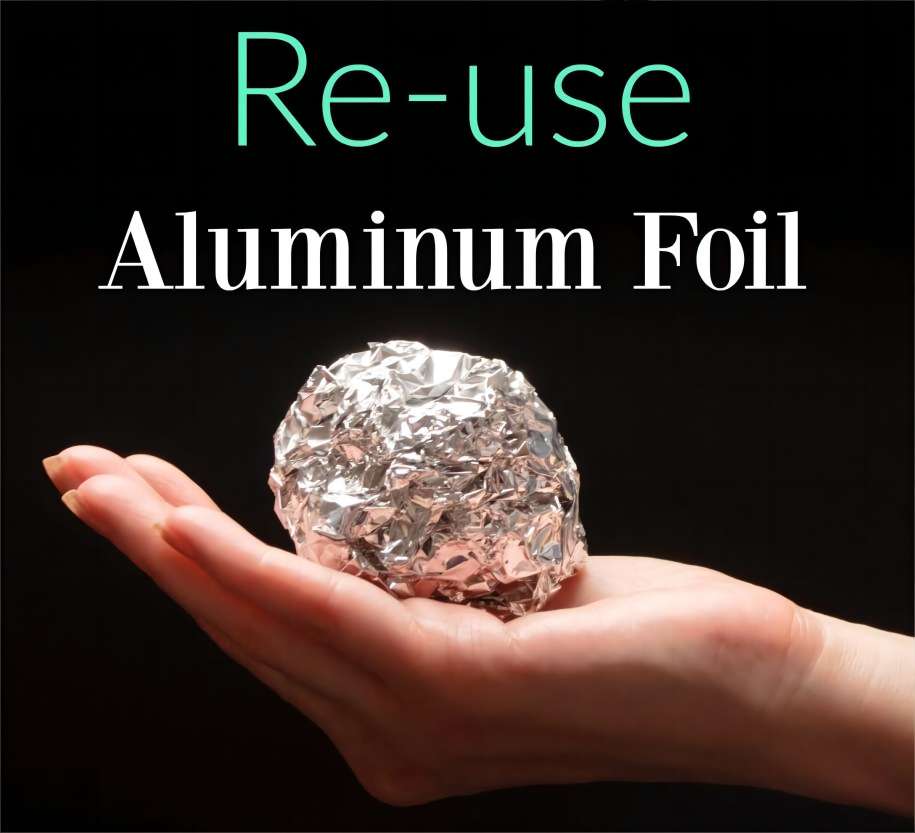
Conclusion
Enhancing the recycling rate and utilization of aluminum foil necessitates a collaborative effort from governments, businesses, and the public. By implementing the strategies outlined above, we can foster a sustainable future for the aluminum foil industry. Increased public awareness, improved recycling infrastructure, economic incentives, and technological advancements can all contribute to a more efficient aluminum foil recycling system. Furthermore, encouraging the development and use of products made from recycled aluminum foil creates a closed-loop system, minimizing waste and maximizing resource utilization. Ultimately, these combined efforts will propel the aluminum foil recycling and reuse industry towards a more sustainable future, contributing to the development of a resource-conserving society.

